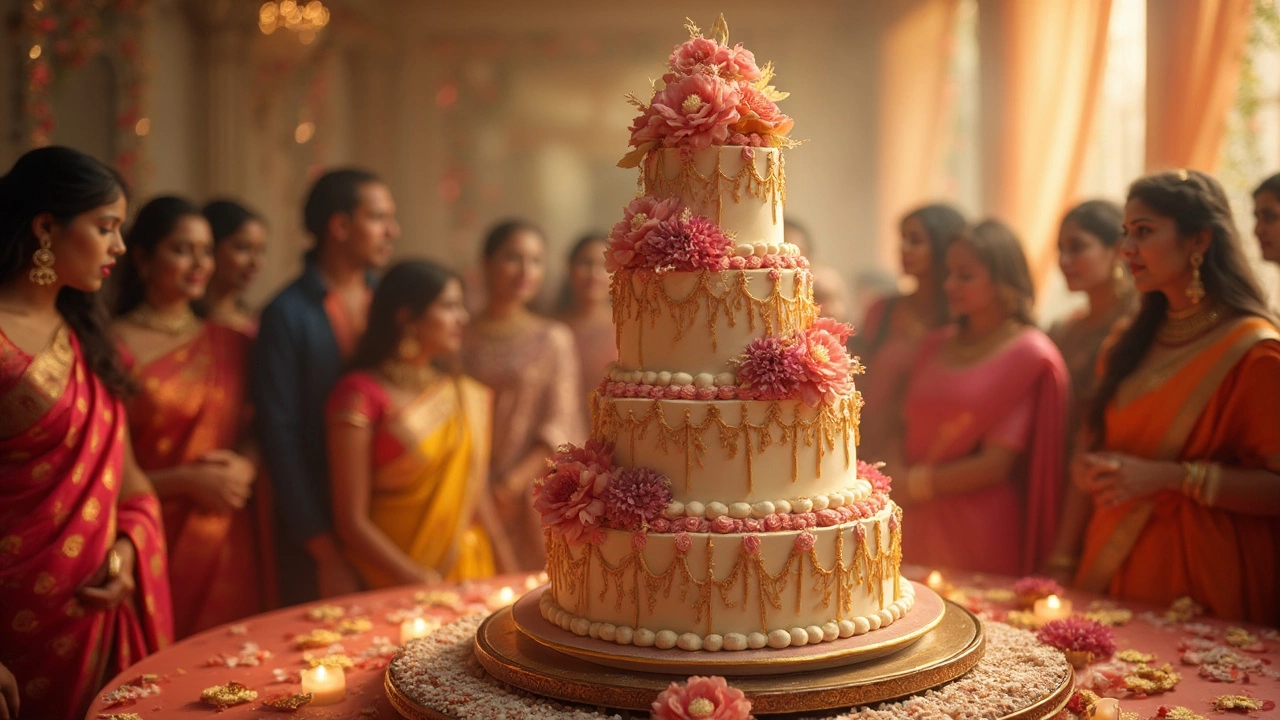Understanding icing types for Your Wedding Cake
When planning your icing types, the different ways to cover and finish a cake. Also known as cake frostings, it sets the look, taste, and durability of your wedding cake. One popular choice is Buttercream, a smooth, creamy frosting made from butter and sugar, perfect for piped roses or simple swirls. Another classic is Fondant, a pliable sugar paste that can be rolled and draped for a flawless finish. For intricate details, many couples turn to Royal Icing, a hard‑setting glaze made from egg whites and icing sugar, ideal for delicate lacework.
Each icing type brings its own set of attributes. Buttercream’s main attribute is its creamy texture, which comes from the butter base and can hold flavors like vanilla, chocolate, or fruit. Fondant’s key attribute is its firmness, allowing you to sculpt shapes that stay stable even in warm venues. Royal icing’s defining trait is its quick dry time, making it perfect for intricate piping that stays crisp. Ganache, another option, offers a glossy finish and rich chocolate taste, but it requires cooler temperatures to stay solid. Understanding these attributes helps you match the icing to your cake’s size, your wedding theme, and the climate on your big day.
How to Choose the Right Icing for Your Wedding
Choosing the right icing type requires looking at three main factors: cake structure, décor style, and venue conditions. If you have a multi‑tiered cake, you’ll want an icing that can support weight – buttercream and ganache both provide a sturdy base, while fondant can add extra support when applied over a thin buttercream layer. For a sleek, modern look with smooth surfaces, fondant is the go‑to, especially when you plan to add metallic accents or flower installations. If you love a rustic vibe with visible texture, buttercream with a loose, “naked” finish offers a relaxed feel. Finally, consider the temperature: royal icing can crack in heat, whereas buttercream stays soft, and ganache can melt. Matching these conditions ensures your cake looks great from the moment it’s plated until the last slice.
Another layer of decision‑making involves flavor pairing. Buttercream easily absorbs extracts, fresh fruit purees, and even coffee, letting you customize taste without affecting stability. Fondant, being mostly sugar, masks flavors, so bakers often layer a thin buttercream underneath to add taste while keeping the smooth exterior. Royal icing is neutral in flavor, making it ideal for decorative accents that won’t compete with the cake’s taste. Ganache brings a deep chocolate profile, perfect for rich flavor combos like espresso or orange zest. By aligning flavor goals with the structural needs of each icing, you avoid surprises on the day.
Budget also plays a role. Buttercream is typically the most cost‑effective, as it uses basic pantry items. Fondant can add $200‑$400 to a wedding cake price because of the extra preparation and skill required. Royal icing is affordable for décor but may increase labor costs if you hire a specialist for intricate piping. Ganache sits somewhere in the middle, depending on chocolate quality. Knowing these cost implications lets you plan a realistic budget while still getting the look you want.
Storage and transport matter, too. Buttercream‑covered cakes can be kept at room temperature for a few hours, but should be refrigerated if the venue is warm. Fondant protects the cake, allowing it to sit longer without drying out, but it can attract condensation if moved from cold to hot environments. Royal icing pieces should be kept sealed to prevent hardening, and ganache cakes need a cool environment to stay firm. Communicate these needs with your baker and venue staff to avoid mishaps.
Finally, think about the wedding timeline. If you’re doing a DIY cake, buttercream is the easiest to work with, while fondant and royal icing need practice. Many couples schedule a tasting and test run a few weeks before the wedding to see how the chosen icing behaves under their specific conditions. This trial run can reveal whether you need to adjust flavor, texture, or decoration plans.
Below you’ll find a curated selection of articles that dive deeper into each icing type, budgeting tips, decoration ideas, and real‑world advice from couples who’ve walked the aisle. Whether you’re after a classic buttercream blossom, a sleek fondant masterpiece, or a royal icing masterpiece, the posts ahead will give you practical steps to bring your cake vision to life.
Ever wondered what the icing on a wedding cake is called? Dive into the sweet world of fondant, buttercream, and royal icing, where each type brings its own charm and challenges. Understand the pros and cons of different icings, kitchen tips to make the ideal choice, and spot the latest trends for your special day. Whether you're planning a wedding or just curious, this guide unravels the layers of cake magic.
